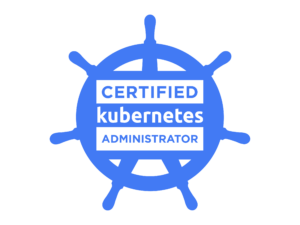We design and develop business-driven IT solutions
Cloud-native refers to an approach in software development and deployment that leverages cloud computing principles and services to build and run applications. Instead of adapting traditional applications to the cloud environment, cloud-native applications are designed from the ground up to take full advantage of cloud benefits. This approach involves utilizing containerization, microservices architecture, and dynamic scalability to enhance agility, resilience, and scalability.

Here are some reasons why embracing cloud native technology can bring significant advantages:
Cloud-native applications are designed to scale easily and automatically. This means that as your user base grows or your application usage increases, your application can quickly and easily expand to meet the demand.
Cloud-native applications are built to be resilient, with features such as self-healing and automated recovery. This means that in the event of an outage or other disruption, your application can quickly recover and continue to provide services to your users.
Adopting cloud-native architectures can lead to cost savings in a number of ways, including reducing infrastructure costs, improving resource utilization, and increasing operational efficiency.
Cloud-native architectures enable faster development and deployment of applications, allowing companies to respond more quickly to changing business needs and market conditions.



